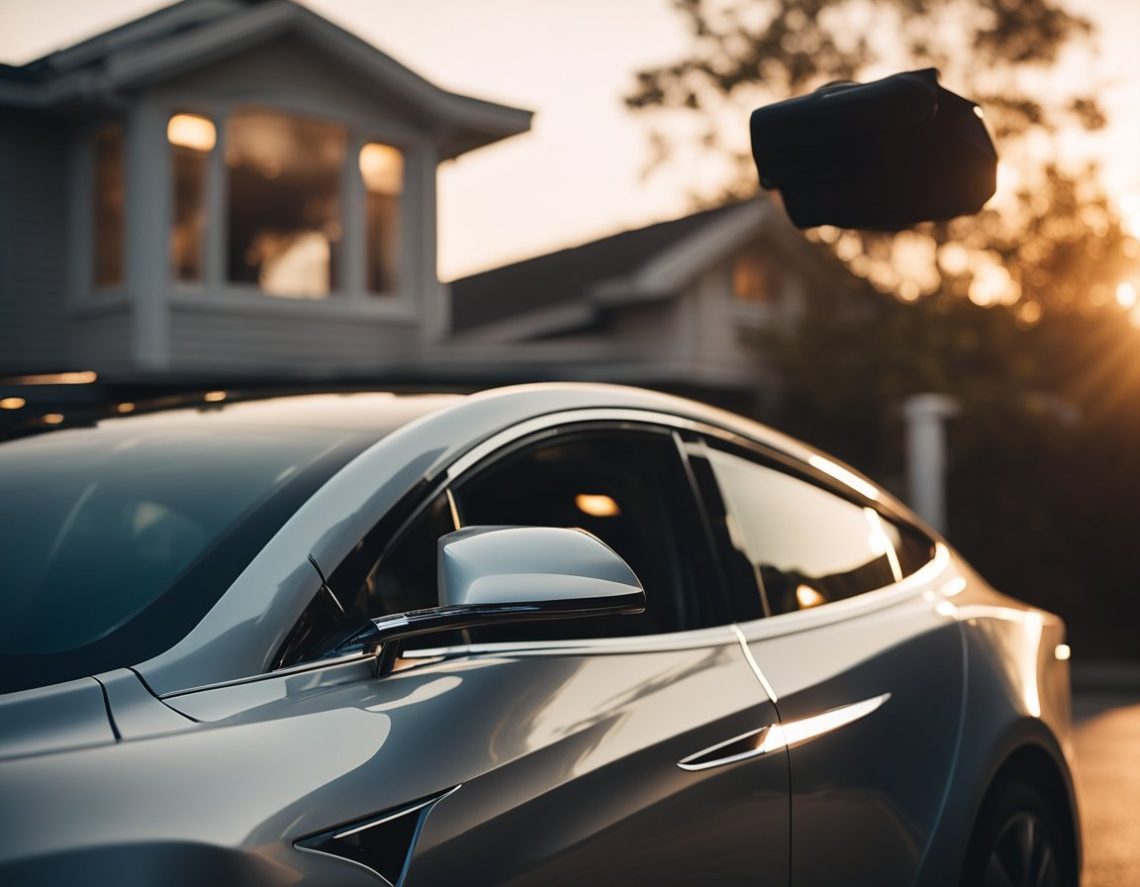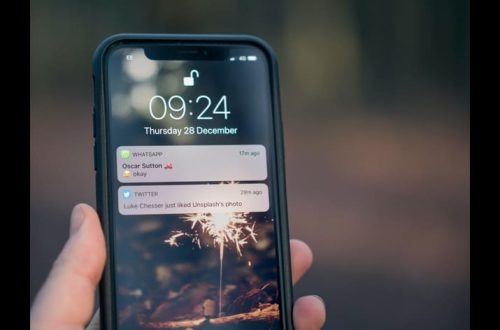
Best Time to Charge Tesla at Home: Maximizing Efficiency and Savings
As Tesla owners, we know that charging our vehicles is a crucial aspect of ownership. Charging at home is the most convenient and cost-effective way to keep our Teslas charged. However, with different charging options available, it can be confusing to determine the best time to charge our Teslas at home.
In this article, we will explore the best time to charge your Tesla at home. We will provide you with information on the different charging options available, how long it takes to charge your Tesla, and the most cost-effective times to charge your vehicle. By the end of this article, you will have a clear understanding of when to charge your Tesla at home, ensuring that you always have enough charge to get you where you need to go.
Understanding Tesla’s Charging Basics

As Tesla owners, we know that charging our vehicles is a crucial part of our daily routine. In this section, we will discuss the basics of Tesla’s charging process, including the difference between charging at home and public charging, as well as the technology behind Tesla’s batteries.
Charging at Home vs. Public Charging
One of the benefits of owning a Tesla is the ability to charge it at home. This allows us to wake up to a fully charged vehicle every morning, without having to worry about stopping at a charging station during our daily commute. To charge at home, we can use a standard 120-volt outlet, which provides up to 3 miles of range per hour, or a 240-volt outlet, which can provide up to 30 miles of range per hour.
While charging at home is convenient, there may be times when we need to charge our Tesla on the go. Public charging stations are becoming more common, and Tesla has its own network of Superchargers located throughout the country. Superchargers can provide up to 170 miles of range in just 30 minutes, making them a great option for long road trips.
Tesla Battery Technology
Tesla’s batteries are one of the key components that make their vehicles stand out from the competition. Tesla uses lithium-ion batteries, which are known for their high energy density and long cycle life. The batteries are located under the floor of the vehicle, which helps to lower the center of gravity and improve handling.
Tesla also uses a unique cooling system to keep the batteries at an optimal temperature. This helps to extend the life of the battery and improve its performance. Additionally, Tesla’s batteries are designed to be modular, which means that if one battery cell fails, it can be easily replaced without having to replace the entire battery pack.
In summary, understanding the basics of Tesla’s charging process and battery technology is important for all Tesla owners. Whether we are charging at home or on the go, it is important to know the different options available to us and how to properly maintain our batteries to ensure optimal performance.
Optimizing Home Charging for Your Tesla
As Tesla owners, we want to make sure we are charging our vehicles in the most efficient and cost-effective way possible. In this section, we will discuss some tips and tricks for optimizing home charging for your Tesla.
Time-of-Use Electricity Rates
One way to save money on home charging is to take advantage of time-of-use electricity rates. Many utility companies offer lower rates during off-peak hours, which can be a great time to charge your Tesla. Check with your local utility company to see if they offer time-of-use rates and what the specific hours are. By charging during off-peak hours, you can save money on your electricity bill and help reduce strain on the grid during peak demand times.
Tesla Scheduled Charging Feature
Another way to optimize home charging for your Tesla is to use the Scheduled Charging feature. This feature allows you to set a specific time for your Tesla to start charging, so you can take advantage of time-of-use rates or ensure that your vehicle is fully charged by a certain time. To access this feature, go to the Charging section of your Tesla app and select Scheduled Charging. From there, you can set the time and days of the week you want your Tesla to start charging.
Battery Longevity and Charging Habits
Finally, it’s important to consider the impact of your charging habits on the longevity of your Tesla’s battery. While it may be tempting to always charge your vehicle to 100%, this can actually shorten the life of your battery. Tesla recommends charging your vehicle to 90% on a daily basis, and only charging to 100% when necessary for longer trips. Additionally, it’s important to avoid letting your battery drain completely, as this can also damage the battery over time. By following these guidelines, you can help ensure that your Tesla’s battery lasts as long as possible.
In summary, optimizing home charging for your Tesla can help save you money and extend the life of your vehicle’s battery. By taking advantage of time-of-use rates, using the Scheduled Charging feature, and following Tesla’s recommendations for battery charging, you can ensure that your Tesla is always ready to hit the road when you are.




